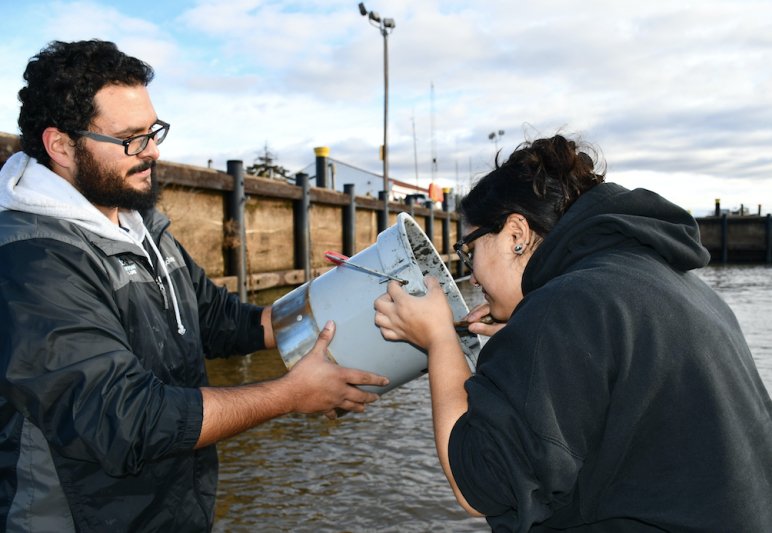Grasses in Masses
Author: Ryan Kozel, Upstream Alliance
Vallisneria americana, commonly known as wild celery, is SAV (sub-aquatic vegetation) that grows in fresh and brackish waters throughout the United States and extensively in other parts of the world. SAV’s such as Vallisneria americana are pivotal members of the Delaware River ecosystem and invaluable to over 15 million people and many creatures that call it home.
Healthy beds provide habitat for a wide array of aquatic life such as fish, crustaceans, shellfish, and other small organisms who then provide food for other creatures higher on the food chain. The celery absorbs nutrients such as nitrogen and phosphorus from the water column to help lessen the threat of eutrophication and nutrient overload. Sediments are filtered and trapped by grasses growing along riverbeds. This reduces erosion, improves water quality and clarity, and stabilizes riverbanks against the growing threat of sea level rise. Thick beds of Vallisneria can also help to buffer wave energy from big storms and the ever-present boat and ship traffic in the Delaware. Wave strength is lessened by the grasses before they reach the shore, reducing their impact on our shoreline. SAV’s natural photosynthesis also sequesters carbon from the atmosphere to reduce greenhouse gasses and produce more oxygen.
SAV beds are at heightened risk with increasing storm strength, runoff, and flooding due to climate change. In our continued mission to support conservation efforts for clean water and coastal resilience in the Delaware and Cooper Rivers, Upstream Alliance and our partners at the Center for Aquatic Sciences have begun work on a restoration project to replant beds of Vallisneria americana along a back channel of the Delaware River. Expertise in planning, location selection, and methods were provided by the EPA Mid-Atlantic region and the Chesapeake Bay Foundation’s “Grasses in Masses” program. Our hope is to collect the turions of wild celery (turions are overwintering buds that can be replanted and grown into a full plant) and propagate them in tanks at the Adventure Aquarium in Camden, NJ, so that we may then replant them in areas of the back channel that need them, therefore providing all the previously listed benefits to local residents and the ecosystem.
Our team consisted of Eve Quinones from Camden County Parks, Olivia Liu & Ryan Kozel from Upstream Alliance, and Anthony Lara from the Center for Aquatic Sciences. The first morning of collection was bitterly cold as we converged on the EPA’s offices at Fort Mifflin in Philadelphia. A stunning sunrise over the Delaware River welcomed us along with EPA representatives Kelly Somers and Michael Mansolino, who showed us the various tools at our disposal and gave their expertise to help brainstorm best collection options for the elusive turions, as well as preparing small rakes with garden wire and duct tape to create more of a basket for to catch our query. Armed with our makeshift tools we grabbed some buckets for collection and headed down to the dock to see what we could find.
We were advised that the Vallisneria grew heavily in the shallows just a few feet off the dock. We took our makeshift turion collectors and reached out about 10 feet or so. Applying some pressure downwards and dragging the rake through the mud allowed us to bring up chunks of mud to sift through. At first, we attempted to use water from the river to wash away the mud and find what we had collected, but that was quickly shown to be an inefficient and messy way of doing things. We had also been advised through the early part of the morning by EPA’s region 3 Senior Watershed Coordinator Kelly Somers, who helped with identification of whatever we may pull up and ideas on where and how to collect. She provided us with several littoral wash buckets (sieves) which immediately made an impact, and we were able to locate our first few wild celery turions! We had to guide our collection around low tide, only really being able to gather for a couple hours on either side of the lowest tide mark. After our first day of collection we had a good amount of turions to begin our propagation.
We transported the buds back to the Adventure Aquarium to be looked over by our partners at the Center for Aquatic Sciences. Here we had assembled the tanks that would house our new plants. We took 16.5 gallon totes and filled them with water and about an inch and a half of Fluval Plant and Shrimp Stratum for soil. A Pulaco Ultra Quiet Aquarium air pump Dual Outlet was used to provide aeration to two tanks at once. We waited several hours for the water temperature in the tanks to regulate with the water containing our turions so as not to shock them with the change. The buds were then planted roughly an inch apart in each direction allowing for a maximum of 11-12 plants per aquarium. Every Monday a few drops of Fluval Plant Micronutrients are added to each tank to provide needed nutrients to and every Friday the Center for Aquatic Sciences provides aquarium grade fresh water and uses that to replace 50% of the old water in the tanks. This helps prevent algae build up and provides a cleaner, healthier environment.
Our second collection effort came several weeks later with blessedly warmer weather. Guided by previous lessons learned we were able to repeat the process with much greater success. A couple dozen more turions were dug up from the Delaware River mud and taken to the Center for Aquatic Sciences to grow. Two more tanks were planted with the turions and another collection effort is coming up soon! Hopefully we will soon have plenty of new Vallisneria americana to replant in needy areas of the Delaware. We will provide updates on the status of our little river-savers as this project unfolds.

